-
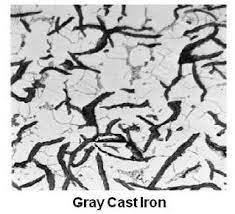
Properties, Advantages and Applications of Gray Cast Iron
Gray cast iron is the raw material used in SML cast iron pipes. It’s a type of iron found in castings, known for its grey appearance due to graphite fractures in the material. This unique structure comes from the graphite flakes formed during the cooling process, resulting from the carbon c...Read more -
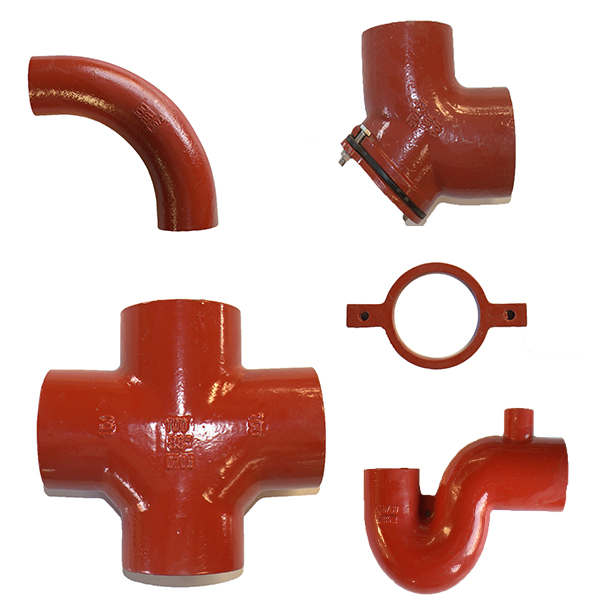
Pipe Fittings: Introduction to Different Types of Pipe Fittings
There are various types of pipe fittings in each pipe systems, serving different purposes. Elbows/Bends (Normal/Large Radius, Equal/Reducing) Used to connect two pipes, so to make the pipeline turn certain angle for changing the fluid flow direction. • Cast Iron SML Bend (88°/68°/45°/30°/15°) ...Read more -
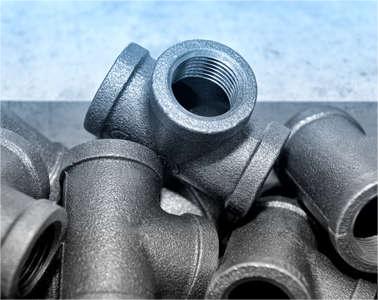
Pipe Fittings: An Overview
Pipe fittings are essential components in both residential and industrial piping systems. These small but crucial parts can be made from various materials such as steel, cast iron, brass alloys, or metal-plastic combinations. While they might differ in diameter from the main pipe, it’s cruc...Read more -
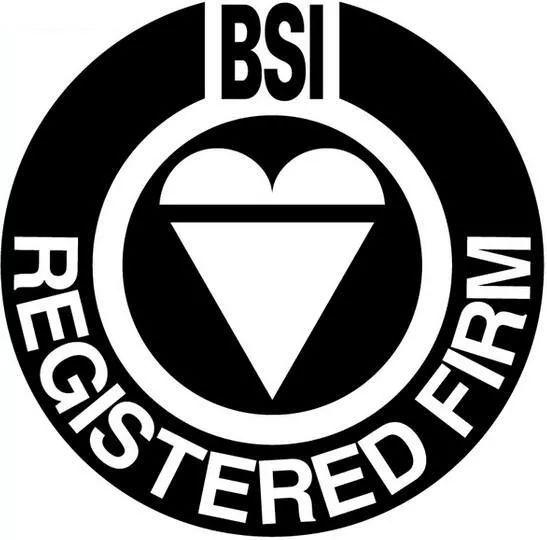
Introduction to BSI and Kitemark Certification
BSI (British Standards Institute), founded in 1901, is a leading international standardization organization. It specializes in developing standards, providing technical information, product testing, system certification, and commodity inspection services. As the world’s first national stand...Read more -
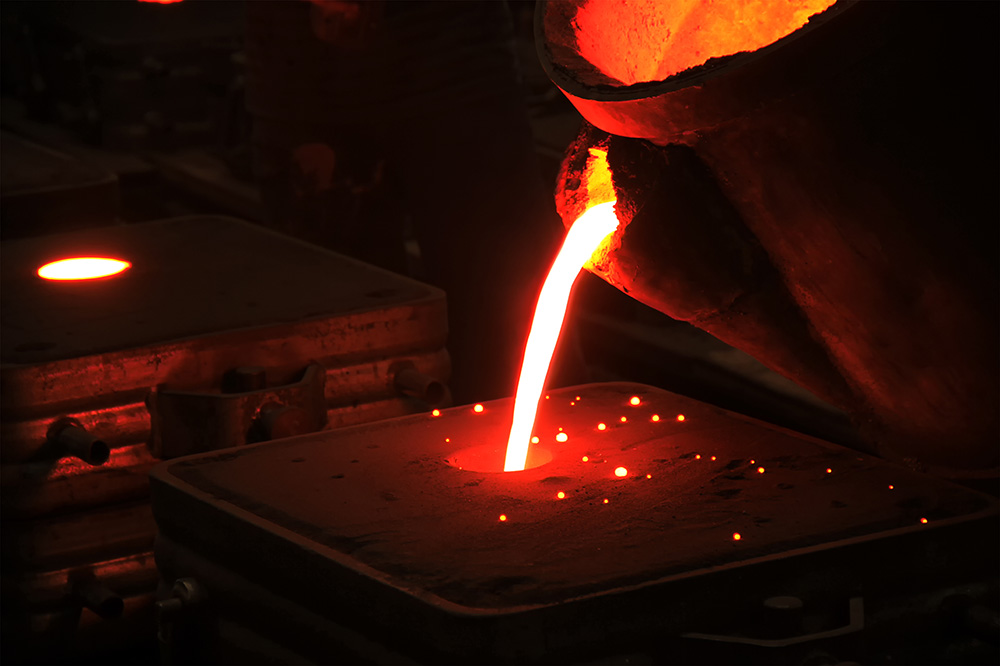
Recycling and Beneficial Use of Foundry Byproducts in Metal Casting
The metal casting process generates a variety of byproducts during casting, finishing, and machining. These byproducts can often be reused onsite, or they can find new life through offsite recycling and reuse. Below is a list of common metal casting byproducts and their potential for beneficial r...Read more -

Advantages of Cast Iron Piping: Strong Mechanical Properties and Anti-Corrosion
The DINSEN® cast iron pipe system complies with the European standard EN877 and has a wide range of advantages: 1. Fire safety 2. Sound protection 3. Sustainability – Environmental protection and long life 4. Easy to install and maintain 5. Strong mechanical properties 6. Anti-...Read more -
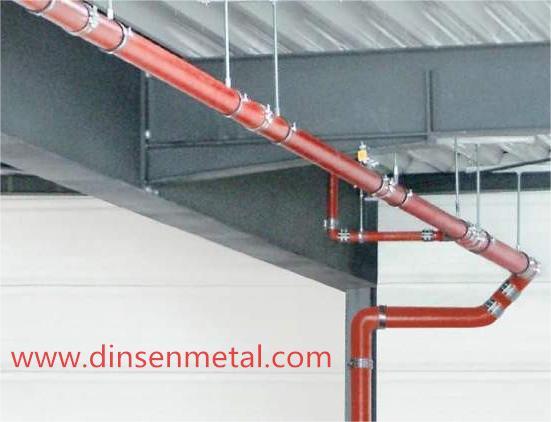
Advantages of Cast Iron Piping: Sustainability and Easy Installation
The DINSEN® cast iron pipe system complies with the European standard EN877 and has a wide range of advantages: 1. Fire safety 2. Sound protection 3. Sustainability – Environmental protection and long life 4. Easy to install and maintain 5. Strong mechanical properties 6. Anti-...Read more -
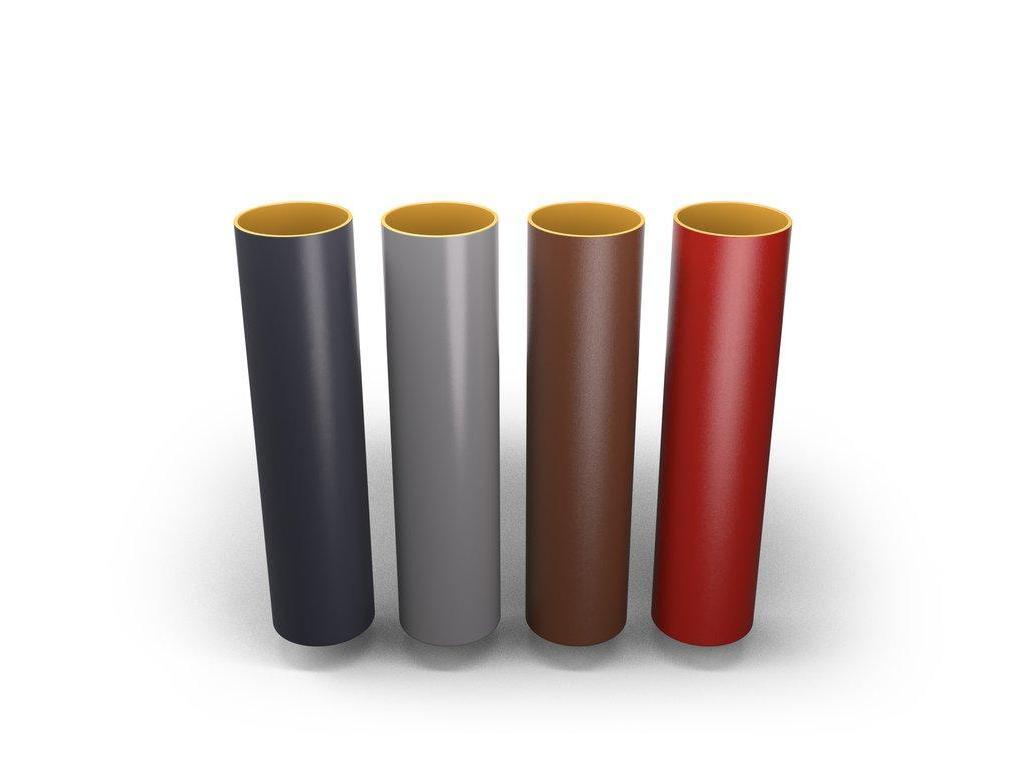
Advantages of Cast Iron Piping: Fire Safety and Sound Protection
The DINSEN® cast iron pipe system complies with the European standard EN877 and has a wide range of advantages: 1. Fire safety 2. Sound protection 3. Sustainability – Environmental protection and long life 4. Easy to install and maintain 5. Strong mechanical properties 6. Anti-...Read more -
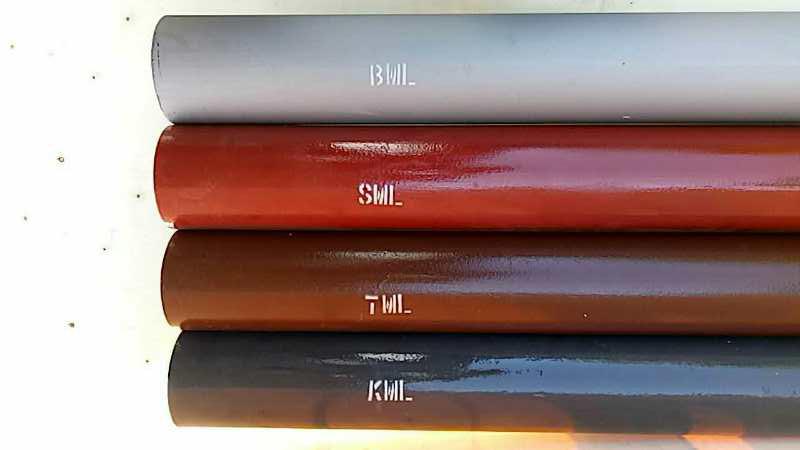
What are SML, KML, TML and BML? Where to Apply Them?
Summary DINSEN® has the right socketless cast iron waste water system available whatever the application: waste water drainage from buildings (SML) or laboratories or large-scale kitchens (KML), civil engineering applications such as underground sewer connections (TML), and even drainage systems ...Read more -
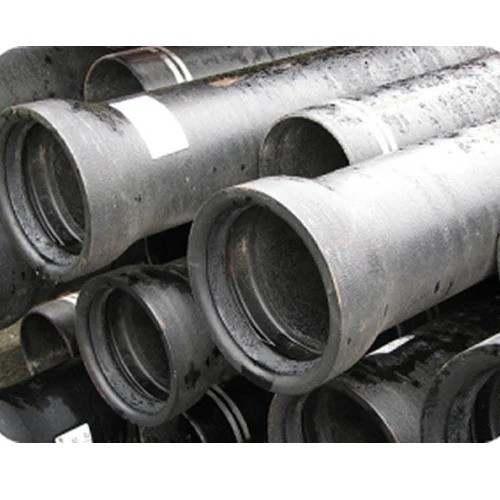
Introduction to Ductile Iron Pipe Systems: Strength, Durability, and Reliability
Since its introduction in 1955, ductile iron pipe has been the preferred solution for modern water and wastewater systems, renowned for its exceptional strength, durability, and reliability in conveying raw and potable water, sewage, slurries, and process chemicals. Crafted and manufactured to m...Read more -
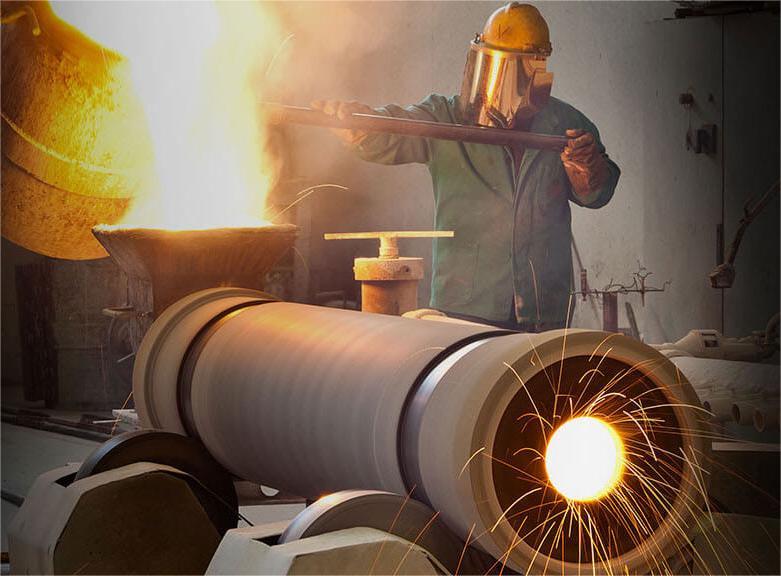
Three Methods of Casting Cast Iron Pipes
Cast iron pipes have been produced through various casting methods over time. Let’s explore the three main techniques: Horizontally Cast: The earliest cast iron pipes were horizontally cast, with the core of the mold supported by small iron rods that became part of the pipe. However, this ...Read more -
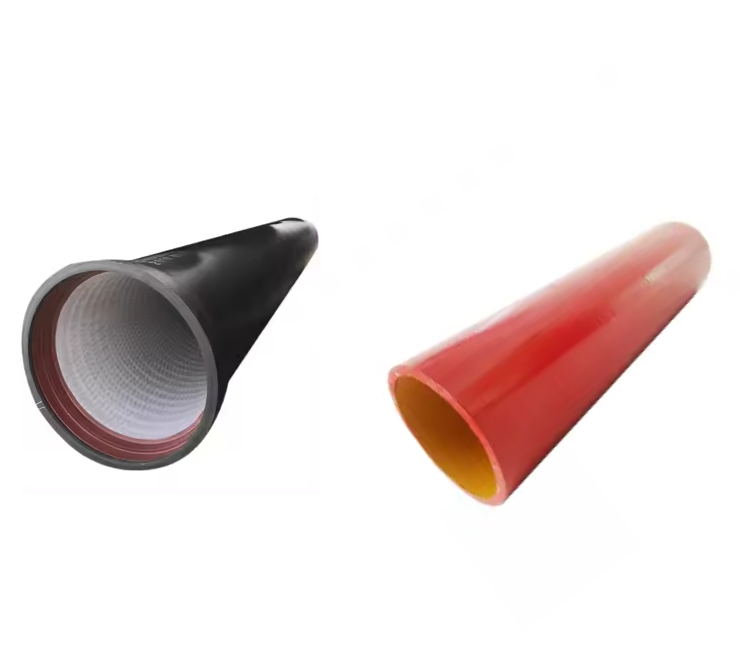
Understanding the Distinctions Between Gray Cast Iron Pipes and Ductile Iron Pipes
Gray cast iron pipes, crafted through high-speed centrifuge casting, are known for their flexibility and adaptability. Utilizing a rubber sealing ring and bolt fastening, they excel in accommodating significant axial displacement and lateral flexural deformation, making them ideal for use in seis...Read more
© Copyright - 2010-2024 : All Rights Reserved by Dinsen
Featured Products - Hot Tags - Sitemap.xml - AMP Mobile
Dinsen aims to learn from world famous enterprise like Saint Gobain to become a responsible, trusty company in China to keep improving the human being life!
contact us
- info@dinsenpipe.com
- +86-18931038098
- +8618931038098
- No.70 Renmin Road, Handan Hebei China
-

WeChat
-

WhatsApp







